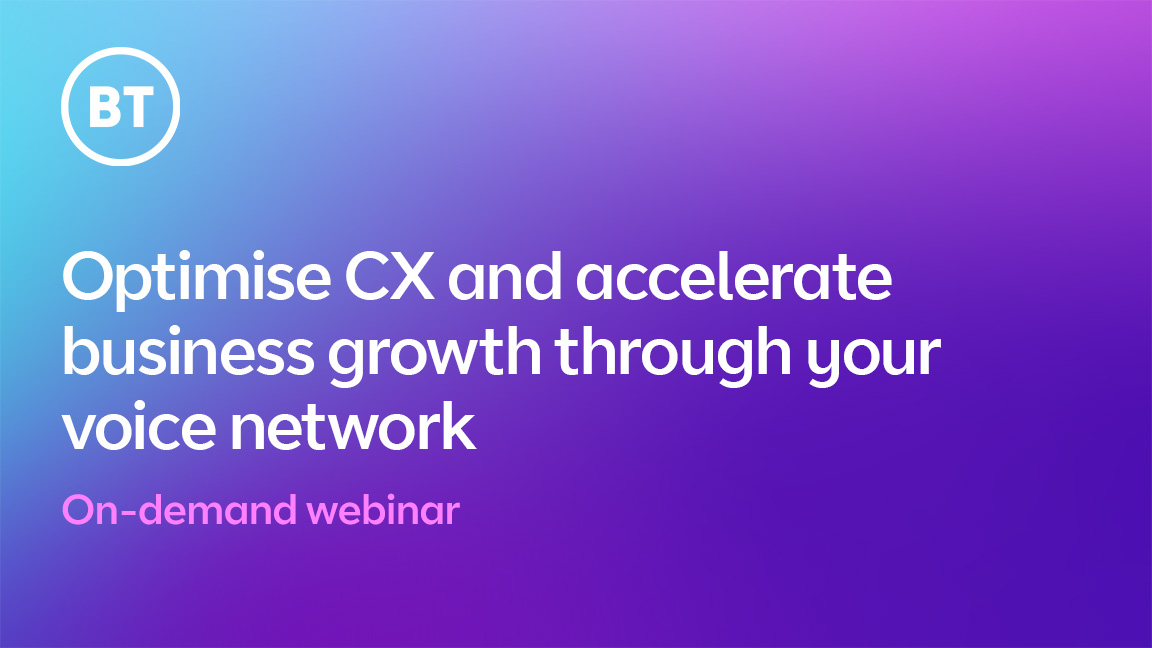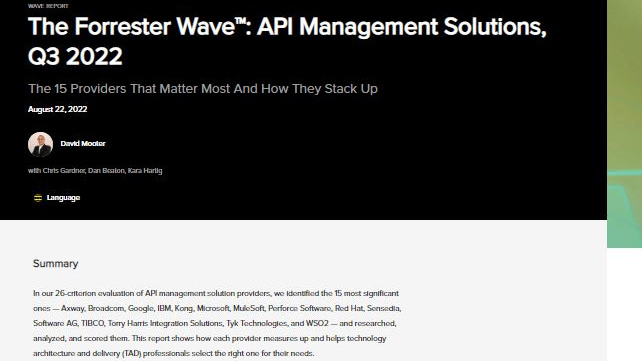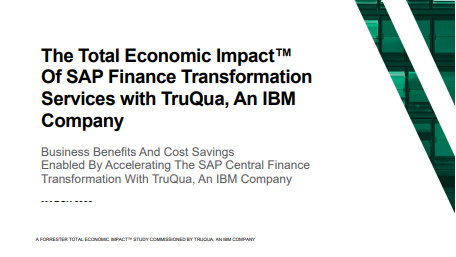How digital asset management can help digital transformation
Digital asset management is a process for storing and organising digital assets, and it can bring benefits to digital transformation efforts


The global cloud-based digital asset management (DAM) market is expected to grow by 20% between now and 2021, according to a new study by Research n Reports. A key factor for this growth is the recent shift from on-premise to SaaS, as many cloud-based solutions offer low-cost options and rapid deployment of services.
Research and Markets expects the global DAM market to be worth as much as $5.21 billion by 2020. So what is it and how can it help businesses in their digital transformation efforts?
What is digital asset management?
Digital asset management is a process for storing and organising digital assets like videos, photos, music and other multimedia. DAM software will include "capabilities for ingestion, storage, retrieval, collaboration and life cycle management of rich media assets," according to Gartner.
Some of the common uses for DAM systems include a library for video and photo assets, production management for handling fast-moving assets such as those in live media production, and brand management where organisations can make approved logos and fonts easily available. Systems for these uses will often include workflow management, project management and other collaboration tools.
Modern DAM technologies support the need for volume and flexibility through four different modalities:
Stand-alone: A broad range of general-purpose DAM capabilities designed for flexible integration and multichannel output to power websites, brand portals, and multichannel marketing operations.
Modular: DAM capabilities that are acquired on their own or as part of a broader suite of tools that include elements such as web content management, app development, forms and records management, enterprise collaboration and workflow.
Get the ITPro daily newsletter
Sign up today and you will receive a free copy of our Future Focus 2025 report - the leading guidance on AI, cybersecurity and other IT challenges as per 700+ senior executives
Integrated: DAM capabilities offered exclusively as part of a broader suite of tools with which they are tightly integrated.
Distributed: DAM capabilities that are purpose-built for managing distributed marketing assets across channel partners, business units and geographies.
Digital asset management and business transformation
Although DAM systems are primarily used by enterprise creative and marketing teams, businesses of all sizes who are looking to optimise their digital asset workflows will find such a system beneficial.
Cloud-based DAM can be a useful tool to easily manage, share and access all your company's digital assets, as well as preserving important company information and data. Such systems are useful for companies who are looking to increase support for remote and flexible working, as it makes file sharing and accessibility straightforward, with the right people able to access the right files without the need for emails or server transfers.
But DAM systems on their own are just one small part of the picture. When aligned with other elements of software infrastructure such as web content solutions, digital marketing clouds, e-commerce platforms and MRM suites, DAM really comes together. By taking an integrated approach, companies can be more flexible in the way they incorporate digital assets into their overall strategy.
It's this flexibility and ability to integrate easily that makes such systems attractive to C-level executives as part of a digital transformation strategy, as a way of making incremental steps rather than committing to a massive change. It allows everyone in your business to easily access company assets, enforcing brand compliance and consistency.
DAM systems are particularly beneficial for marketing teams undergoing digital transformation as a way of putting the customer experience first in the business. Teams are able to push out messages in a timely manner, and disseminate the data in the best way possible. They can also benefit from detailed insight about response rates.
For channel partners, the advantages are even clearer as DAM offers a centralised system that can deliver marketing assets as and when they're needed. DAM systems are all about maximising a company's assets and publishing them in the most appropriate way, which could be your website, or that of a channel partner, distributed by email or text.
For companies of any size, having a central hub which has all the creative assets needed is a key way of simplifying the process of delivering the right content to the right place. It's a small but important contributor to digital transformation efforts, streamlining the content creation and discovery process, and providing a quick way to prove the value of digital systems to the business.
Esther is a freelance media analyst, podcaster, and one-third of Media Voices. She has previously worked as a content marketing lead for Dennis Publishing and the Media Briefing. She writes frequently on topics such as subscriptions and tech developments for industry sites such as Digital Content Next and What’s New in Publishing. She is co-founder of the Publisher Podcast Awards and Publisher Podcast Summit; the first conference and awards dedicated to celebrating and elevating publisher podcasts.
-
 Global cybersecurity spending is set to rise 12% in 2025 – here are the industries ramping up investment
Global cybersecurity spending is set to rise 12% in 2025 – here are the industries ramping up investmentNews Global cybersecurity spending is expected to surge this year, fueled by escalating state-sponsored threats and the rise of generative AI, according to new analysis from IDC.
By Ross Kelly Published
-
 Google Cloud is leaning on all its strengths to support enterprise AI
Google Cloud is leaning on all its strengths to support enterprise AIAnalysis Google Cloud made a big statement at its annual conference last week, staking its claim as the go-to provider for enterprise AI adoption.
By Rory Bathgate Published
-
 Optimise CX and accelerate business growth through your voice network
Optimise CX and accelerate business growth through your voice networkwhitepaper Protecting the human experience in a digital world
By ITPro Published
-
 Enterprises are doubling down on IT optimization strategies – and it’s delivering huge financial returns
Enterprises are doubling down on IT optimization strategies – and it’s delivering huge financial returnsNews Organizations that have cracked IT cost optimization and innovation reap the rewards both financially and in terms of time to market.
By Emma Woollacott Published
-
 IDC InfoBrief: Sustainability doesn’t need to be all stick and no carrot
IDC InfoBrief: Sustainability doesn’t need to be all stick and no carrotwhitepaper CIOs are facing two conflicting strategic imperatives
By ITPro Published
-
 How to empower employees to accelerate emissions reduction
How to empower employees to accelerate emissions reductionin depth With ICT accounting for as much as 3% of global carbon emissions, the same as aviation, the industry needs to increase emissions reduction
By Fleur Doidge Published
-
 The Forrester Wave™: API management solutions
The Forrester Wave™: API management solutionsWhitepaper The 15 providers that matter the most and how they stack up
By ITPro Published
-
 Former TSB CIO fined £81,000 for botched IT migration
Former TSB CIO fined £81,000 for botched IT migrationNews It’s the first penalty imposed on an individual involved in the infamous migration project
By Ross Kelly Published
-
 Schneider Electric unveils its first e-commerce partner program
Schneider Electric unveils its first e-commerce partner programNews Partners will be assigned a dedicated Schneider expert to aid strategy development
By Daniel Todd Published
-
 The Total Economic Impact™ of SAP finance transformation services with TruQua
The Total Economic Impact™ of SAP finance transformation services with TruQuaWhitepaper Business benefits and cost savings enabled by accelerating the SAP central finance transformation
By ITPro Published